Flower on Spotlight: Hydrangea
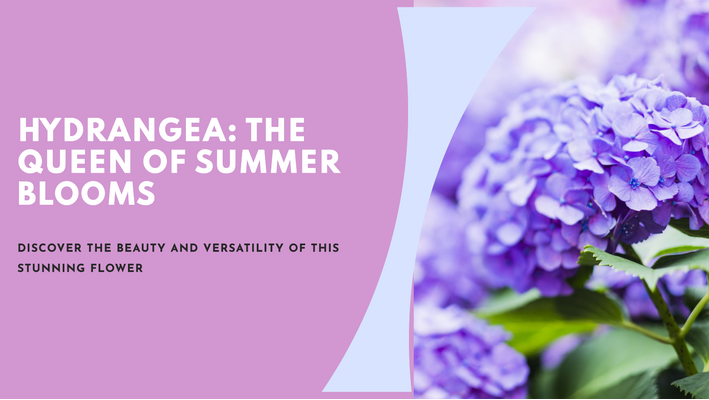
Obsessed with hydrangeas?
We can’t blame you. Loved by almost everyone, this pompom flower truly is a delight to behold. It’s the first choice of wedding florists, a favourite of gardening enthusiasts, and appreciated by everybody – from brides to grandmothers.
Because what’s there not to love about this attractive flower? It can grow in borders, in pots or containers, in group plantings, along fences, or as an informal hedge. Hydrangeas can also grow in partial to full sun, in a wide variety of soils.
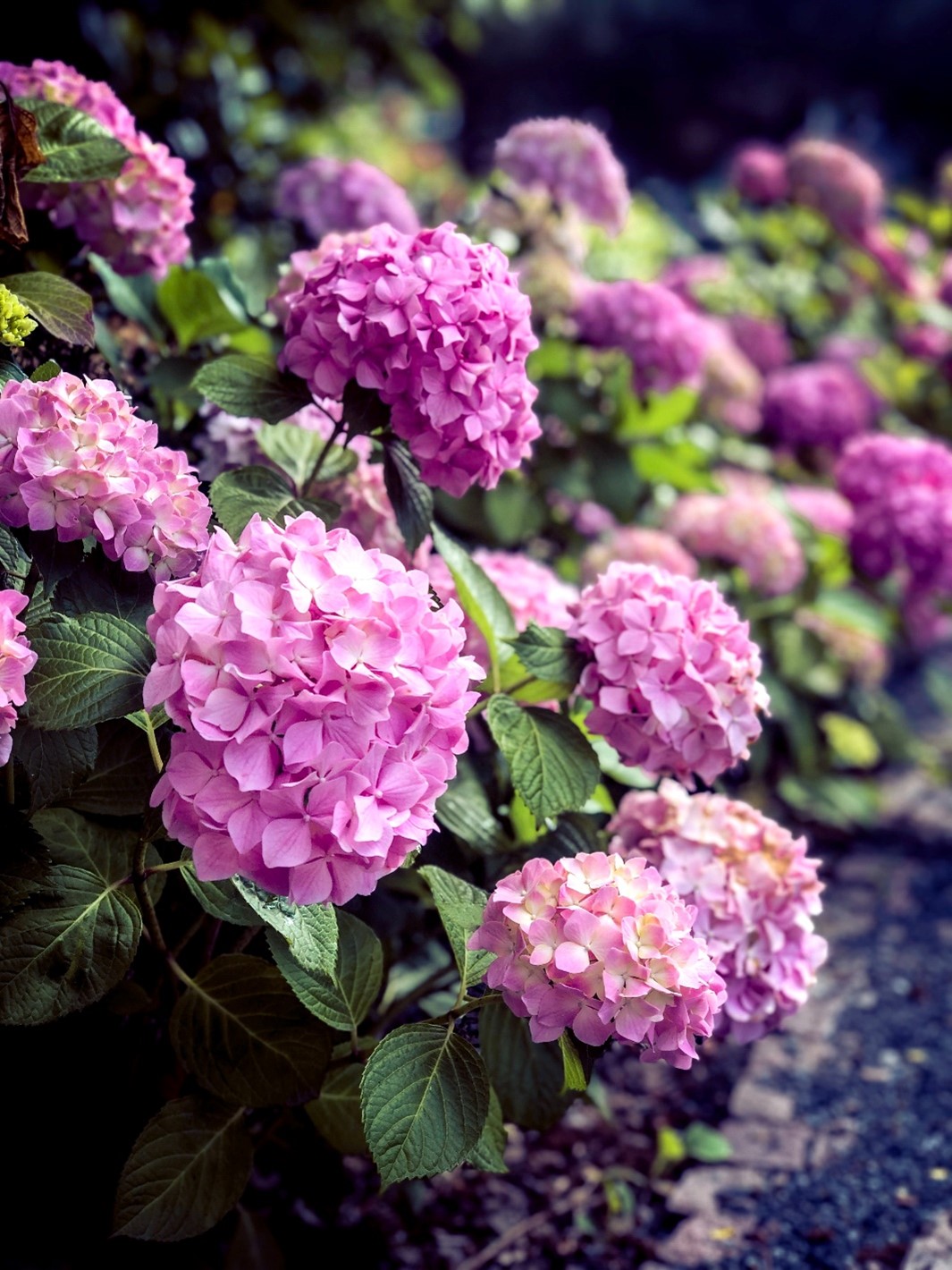
Now, let’s get to know this beauty better. Here are some interesting facts about these cheerful blooms.
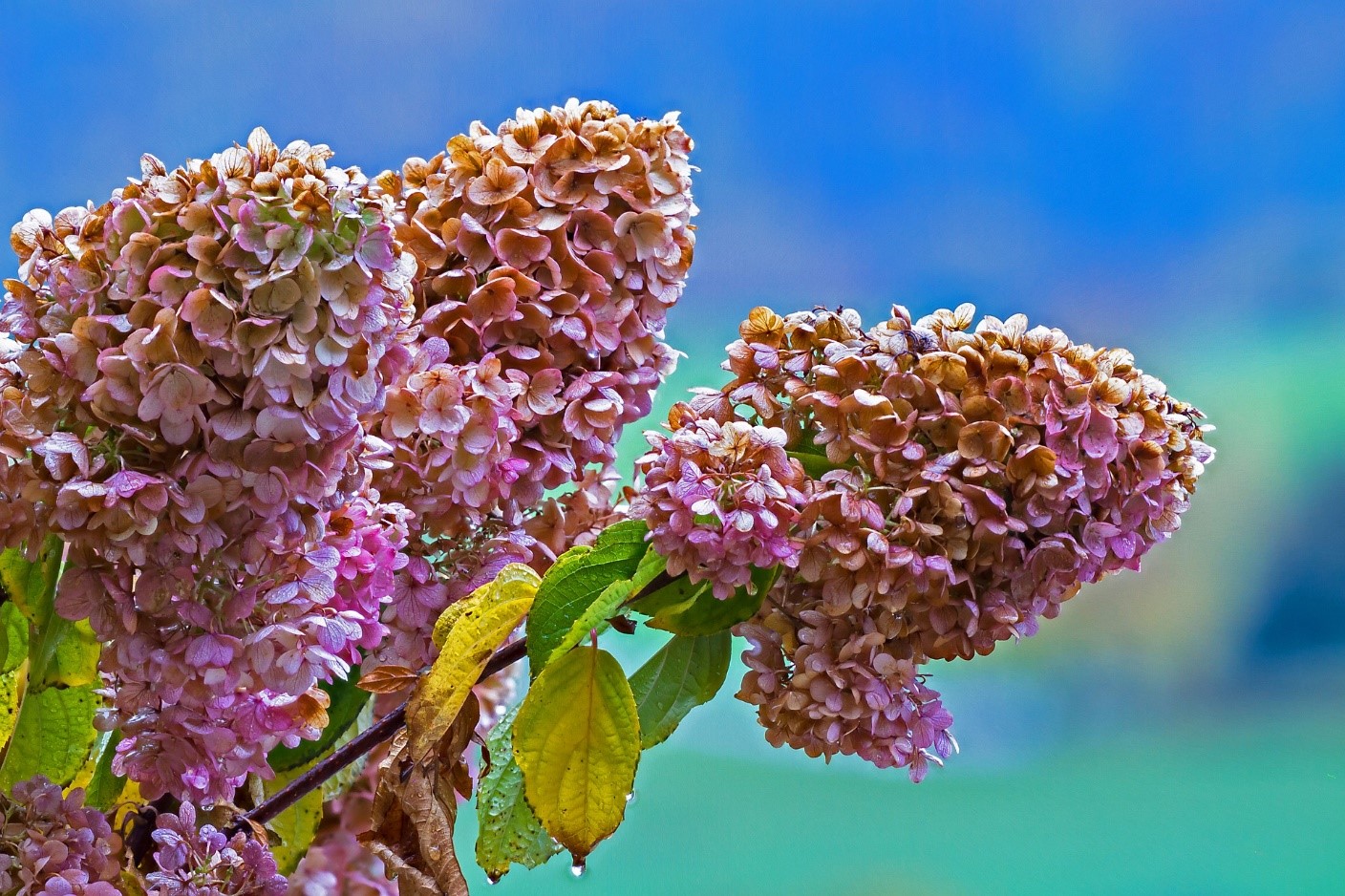
The hydrangea plant has three kinds of flower heads
There is the full and round ball-shaped Mophead, the round but flat Lacecap head, and the conical head Panicle. Mopheads are the common pompom-head hydrangeas we all know and love, with large rounded clusters of eye-catching flowers. Lacecaps display a round cluster of seed-like flat petal flowers which you can see on climbing hydrangeas. Panicle hydrangeas feature panicle-shaped or cone-shaped blooms.
The bloom’s colour is affected by the soil
Hydrangea macrophylla may produce blue to deep purple flowers when planted on acidic soils. Expect red and pink blooms when you plant it on alkaline soils. To achieve a true purple colour, the soil must be in between a pH of 5.5 to 6.5. This makes real purple hydrangeas uncommon and the usual purple-tinged ones that we see also have tinges of blue, pink, or red. There’s an exception, though. The panicle hydrangea’s colour isn’t affected by the soil but by the temperature. The flowers start creamy white but changes to pink or pomegranate red as summer stretches on.
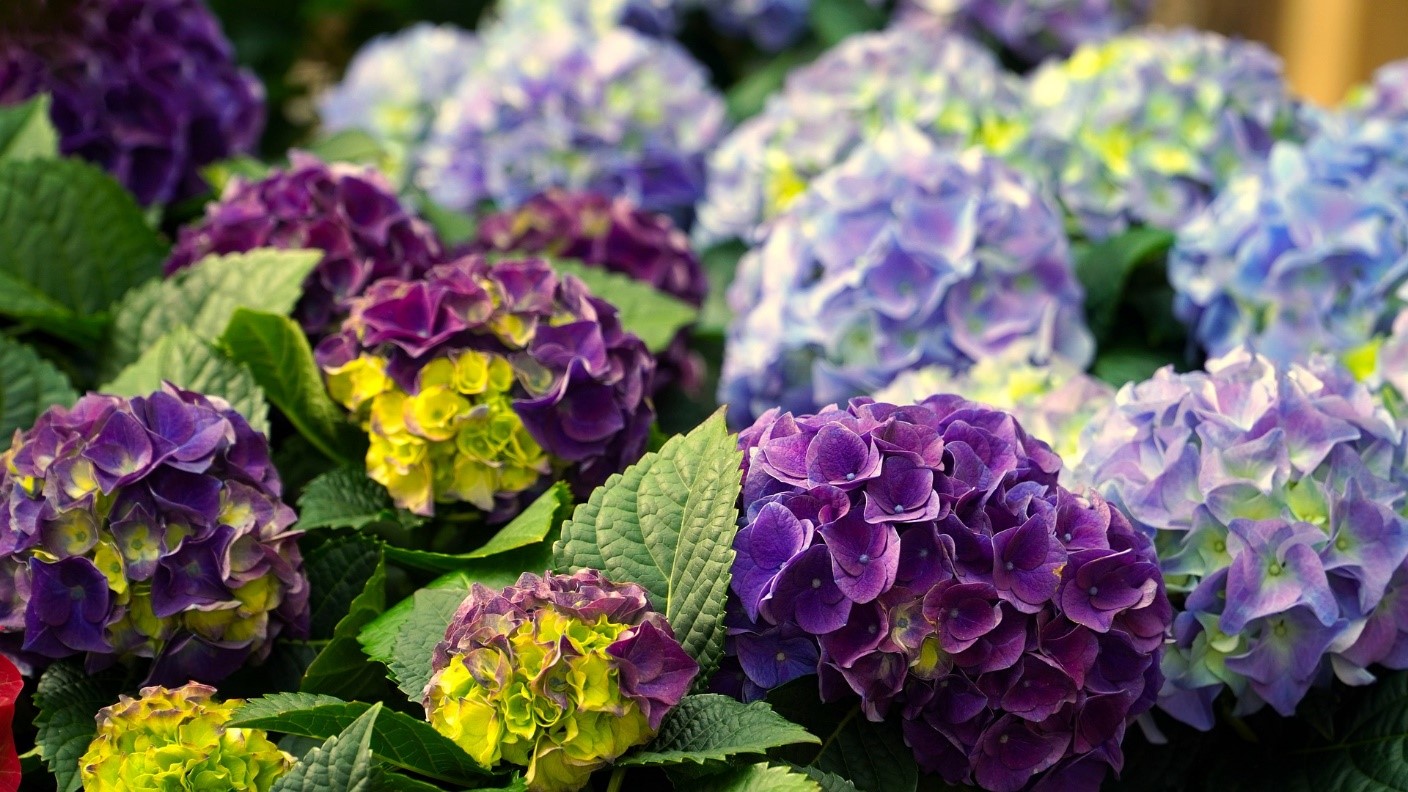
Its name says it all. Ever wondered why your hydrangea has a persistent thirst? Well, its name has a Greek origin that describes this plant’s insatiable thirst. The name hydrangea came from the Greek word “hydro” which means water and “angos” which means vessel, pail, or pitcher.
The flower of rain
In Japan, hydrangeas or “ajisai” are considered as the flowers of rain. They bloom in the rainy season and instantly become the perfect cure for rainy day blues in the country. Given that this type of plant loves water, they truly flourish in the rain. If you’re visiting Japan on a rainy season, that’s the perfect time for hydrangea hunting. Keep an eye on the vibrant, lustrous, and magical glow of ajisai when it’s drizzling or after a shower.
You can also call it Hortensia
The common Hydrangea macrophylla comes with an old-fashioned common name of Hortensia.
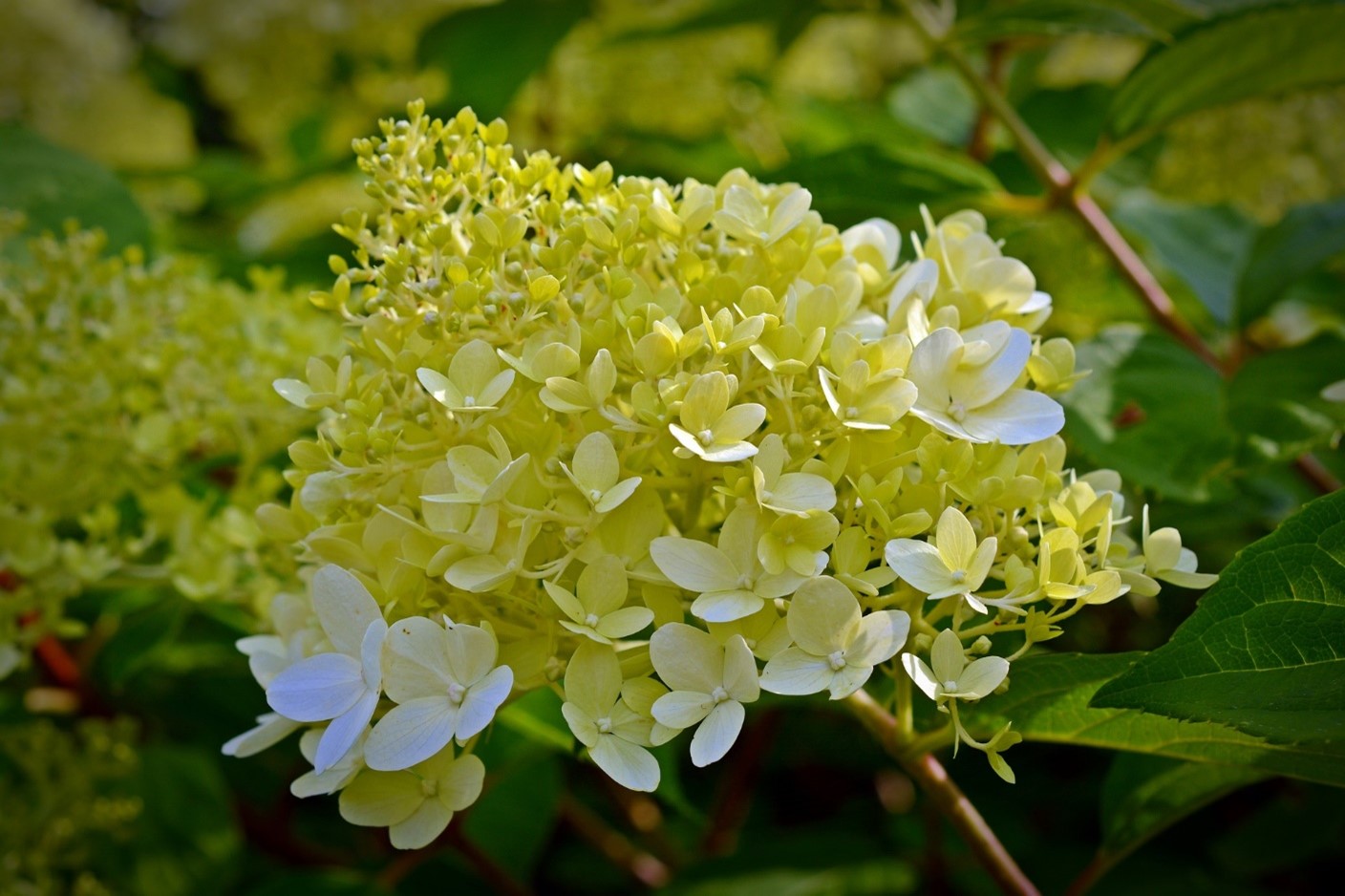
Pruning required
You won’t have flowers if you skip this part of plant care. Except for the panicle and smooth hydrangeas, mopheads grow blooms on old growths so last season’s spent flowers need to come off. It is recommended that Hydrangea macrophylla be pruned soon after flowering. Go ahead and pick the flowers to spruce up the rooms in your home.
They’re beautiful but moderately toxic. All parts of the plant are poisonous. The buds, flowers, and leaves contain glycoside amygdalin which causes cyanide poisoning. Skin contact with this toxin may cause rash or irritation. If eaten, it can cause vomiting, nausea, and diarrhea.
How To Enjoy Hydrangea in 3 Steps
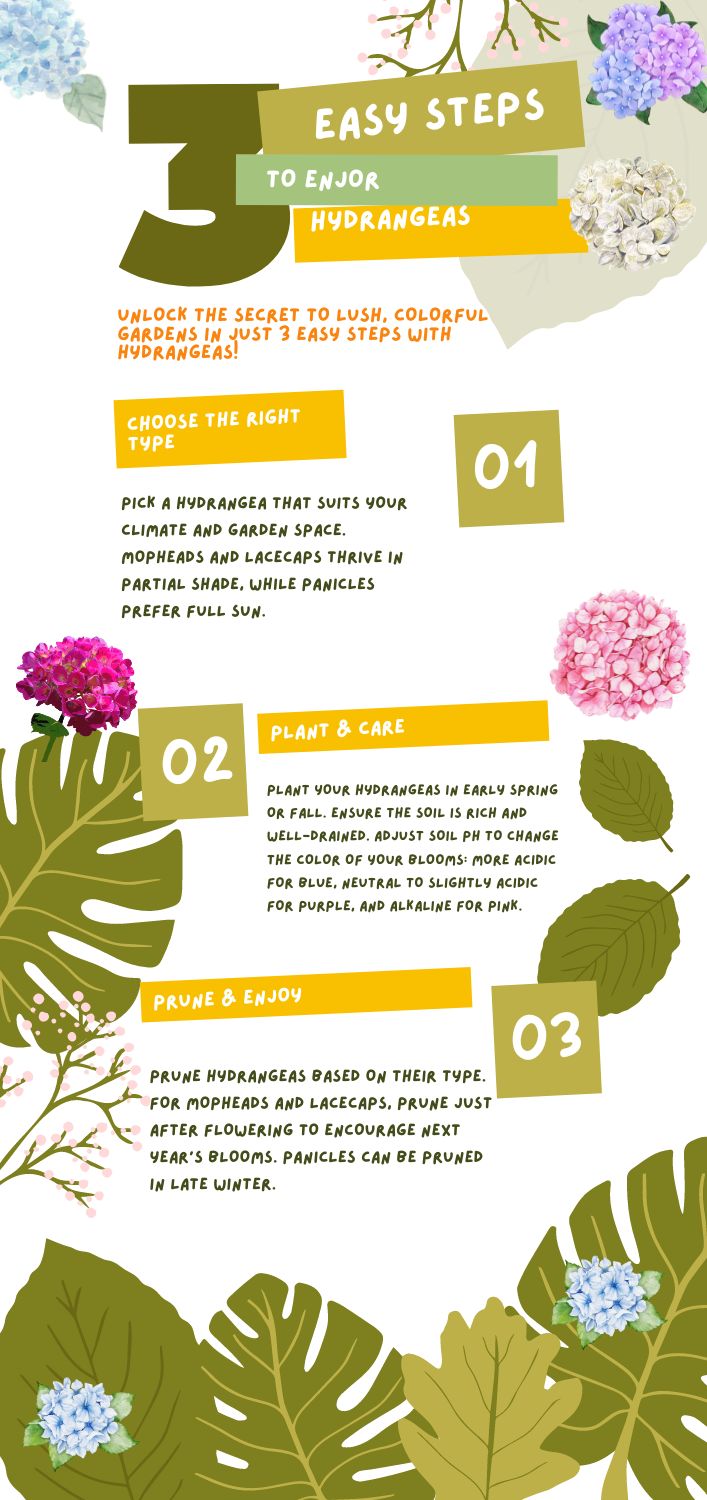
Celebrate your love for this oh-so-charming flower by planting a new variety in your garden or displaying one in your home. There have been plenty of beautiful new hydrangeas that have been introduced over the past decade. From compact varieties to bi-coloured and double-flowered varieties, you have lots and lots of pretty options to fit in your landscape or to use as cut flowers.
